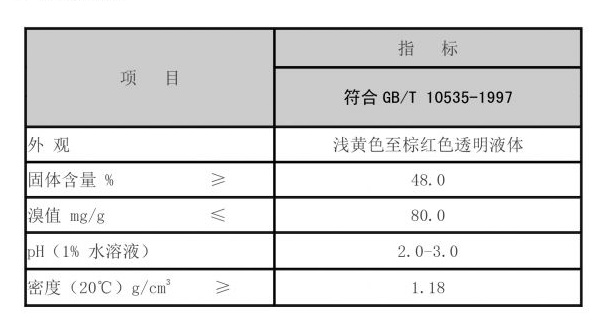Optimizing Water Treatment with Coagulants and Flocculants for Enhanced Sediment Removal
Understanding Coagulants and Flocculants in Water Treatment
In the field of water treatment, coagulants and flocculants play a crucial role in ensuring clean and safe water. These substances are widely used in various applications, including drinking water purification, wastewater treatment, and even in industrial processes. To fully appreciate their significance, it is essential to understand what they are, how they function, and their benefits to environmental management.
What are Coagulants and Flocculants?
Coagulants are substances that promote the aggregation of particles in water, making them easier to remove. They are typically added in small amounts to water and work by neutralizing the electrical charges that keep particles suspended. Common examples of coagulants include aluminum sulfate (alum), ferric chloride, and polyaluminum chloride. When added to water, these compounds cause particles to clump together, forming larger aggregates known as flocs.
Flocculants, on the other hand, are agents that facilitate the agglomeration of these flocs into larger particles, enhancing the settling process. Flocculants often have a polymeric structure and can help to bridge the gap between smaller particles and promote the formation of larger, more easily removable aggregates. Examples include polyacrylamide and other synthetic polymers.
The Process of Water Treatment
The water treatment process commonly involves three key stages coagulation, flocculation, and sedimentation. Initially, during coagulation, coagulants are added to the raw water, where they interact with the suspended particles. This reaction reduces the electrostatic repulsion between the particles, allowing them to form aggregates.
coagulant flocculant

Following this, the flocculation process begins, where gentle agitation encourages the formation of larger flocs. This step is crucial, as larger flocs settle faster during the next stage sedimentation. In sedimentation, the heavier flocs settle at the bottom of the treatment tank, allowing clearer water to be drawn off from the top.
Benefits of Coagulants and Flocculants
The use of coagulants and flocculants offers several advantages in water treatment. Firstly, they significantly improve the efficiency of contaminant removal. By aggregating suspended solids, these agents help achieve higher removal rates of turbidity, organic matter, and pathogens, thus enhancing water quality.
Moreover, the use of these substances can lead to cost savings in the overall water treatment process. By optimizing the removal of particulate matter, operators can reduce the need for extensive downstream filtration and disinfection processes, ultimately saving on energy and chemical costs.
In addition, coagulants and flocculants can aid in managing the environmental impact of wastewater. By facilitating the consolidation of solid waste materials, they enable more effective sludge management and disposal. This is particularly important for industries where large volumes of wastewater are generated, as effective treatment and disposal are crucial for compliance with environmental regulations.
Conclusion
In summary, coagulants and flocculants are essential components of modern water treatment processes. Their ability to enhance the removal of contaminants not only improves water quality but also contributes to cost efficiency and effective environmental management. As the demand for clean water continues to escalate, understanding and utilizing these agents will remain vital in maintaining safe and sustainable water resources for the future. By investing in advanced coagulant and flocculant technologies, we can ensure better water treatment practices and protect public health and the environment.
-
Water Treatment with Flocculant Water TreatmentNewsJun.12,2025
-
Polymaleic AnhydrideNewsJun.12,2025
-
Polyaspartic AcidNewsJun.12,2025
-
Enhance Industrial Processes with IsothiazolinonesNewsJun.12,2025
-
Enhance Industrial Processes with PBTCA SolutionsNewsJun.12,2025
-
Dodecyldimethylbenzylammonium Chloride SolutionsNewsJun.12,2025





